XC7A75T2FGG484I
Product Attributes
| TYPE | ILLUSTRATE | |
| category | Integrated Circuits (ICs) | |
| manufacturer | AMD | |
| series | Artix-7 | |
| wrap | tray | |
| Product status | Active | |
| DigiKey is programmable | Not verified | |
| LAB/CLB number | 5900 |
|
| Number of logic elements/units | 75520 |
|
| Total number of RAM bits | 3870720 |
|
| I/O 數 | 285 |
|
| Voltage - Power supply | 0.95V~1.05V |
|
| Installation type | Surface adhesive type |
|
| Operating temperature | -40°C ~ 100°C(TJ) |
|
| Package/Housing | 484-BBGA |
|
| Vendor component encapsulation | 484-FBGA (23x23) |
|
| Product master number | XC7A75 |
Product Introduction
Artix-7 FPGA DC and AC characteristics are specified in commercial, extended, industrial, expanded (-1Q), and military (-1M) temperature ranges. Except the operating temperature range or unless otherwise noted, all the DC and AC electrical parameters are the same for a particular speed grade (that is, the timing characteristics of a -1M speed grade military device are the same as for a -1C speed grade commercial device). However, only selected speed grades and/or devices are available in each temperature range. For example, -1M is only available in the defense-grade Artix-7Q family and -1Q is only available in XA Artix-7 FPGAs.
application of FPGA
1. Communication field.
The field of communication requires high-speed communication protocol processing. On the other hand, the communication protocol is being modified at any time, which is not suitable for making a special chip. Therefore, the FPGA with flexible functions has become the first choice.
The telecommunications industry has been using FPGAs heavily. Telecommunications standards are constantly changing and building telecommunications equipment is very difficult, so the companies that offer telecommunications solutions first tend to capture the largest market share. Since ASICs take a long time to manufacture, FPGAs provide an opportunity for a shortcut. The initial versions of telecom equipment started to use FPGAs, which led to FPGA price conflicts. While the price of FPGAs is irrelevant to the ASIC emulation market, the price of telecom chips is.
2. Algorithm field.
FPGA is very capable of processing complex signals and can handle multi-dimensional signals.
3. Embedded field.
Using FPGA to build an embedded underlying environment, and then writing some embedded software on top of it, transactional operations are more complicated, and operations on FPGA are less.
4. In the field of security monitoring
At present, it is difficult for the CPU to achieve multi-channel processing and only detection and analysis, but it can be easily solved after adding FPGA, especially in the field of graphics algorithms, which has unique advantages.
5. In the field of industrial automation
FPGA can achieve multi-channel motor control. At present, motor power consumption accounts for the majority of global energy consumption. Under the trend of energy saving and environmental protection, various types of precise control motors will be used in the future, and a single FPGA can control a large number of motors.






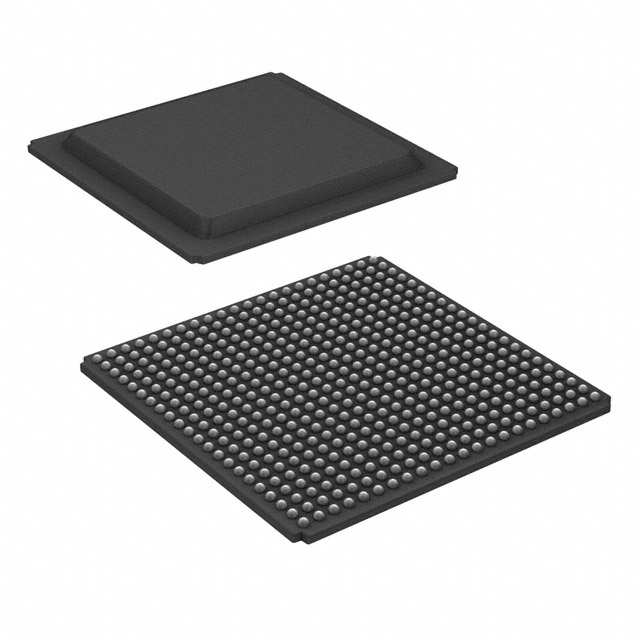
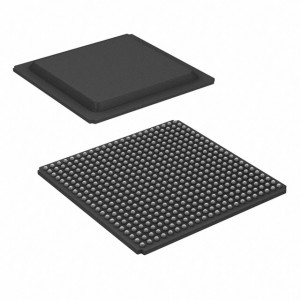
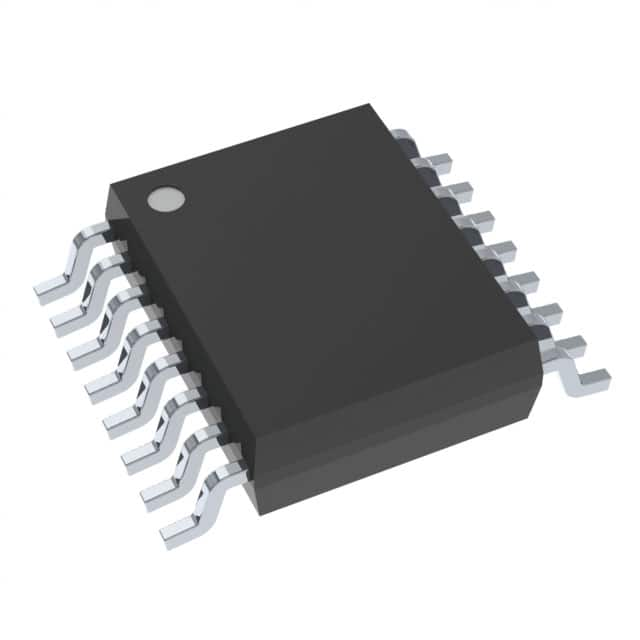
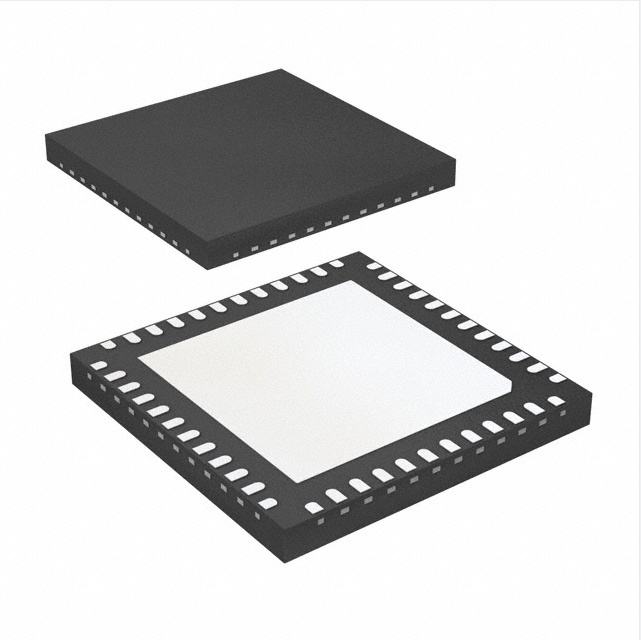
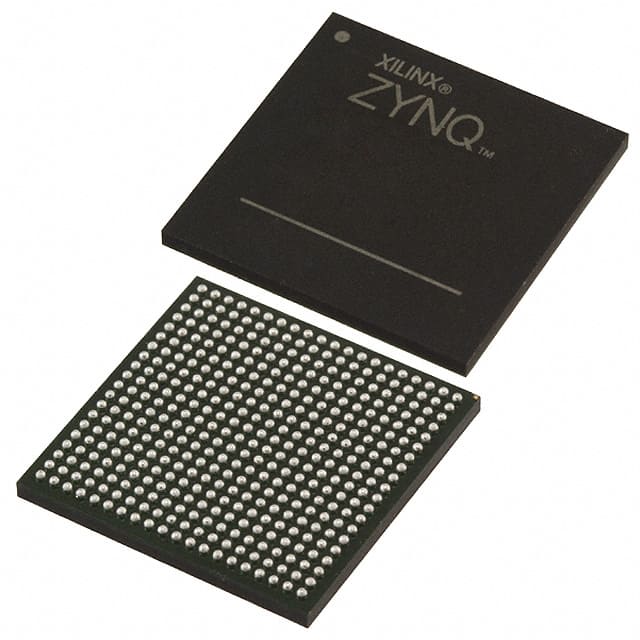
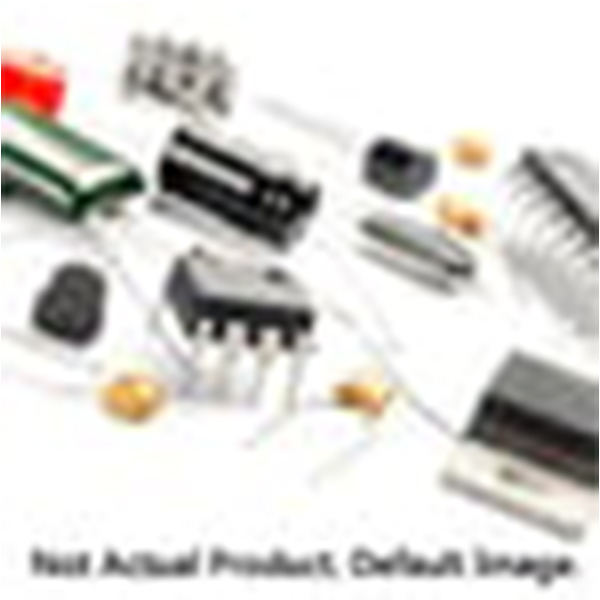
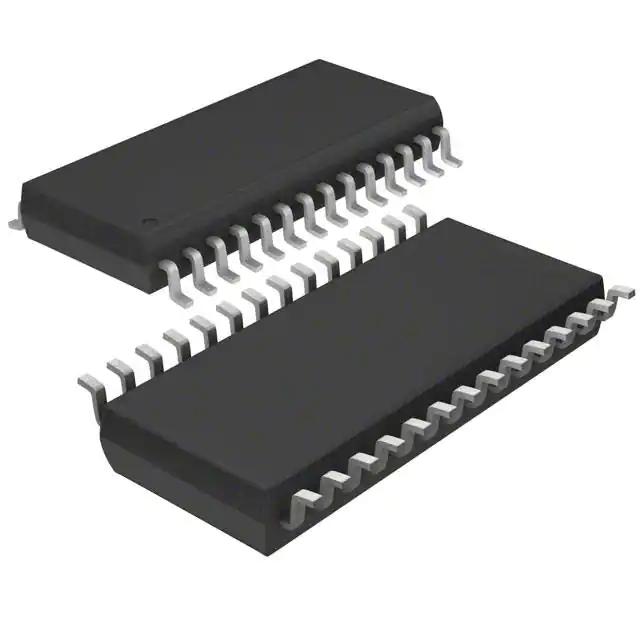
.jpg)